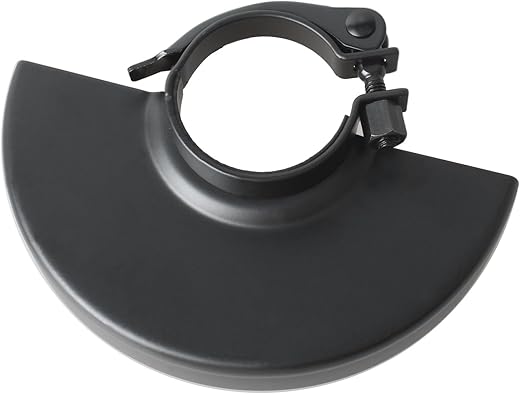









Understanding Tool Guard: Your Essential Safety Companion
When it comes to working with tools, safety should always be your top priority. Whether you’re a DIY enthusiast in your garage or a professional tradesperson on a job site, the risk of injury is ever-present. Enter Tool Guard: the unsung hero of safety equipment that often doesn’t get the attention it deserves. But what exactly is Tool Guard, and why should you consider incorporating it into your toolkit? Let’s dive in.
What is Tool Guard?
Tool Guard is essentially a safety device designed to protect users from the hazards associated with power tools. Think of it as a seatbelt for your workshop. Just as a seatbelt reduces the risk of injury in a car, Tool Guard minimizes the dangers posed by tools like saws, drills, and grinders. It can come in various forms, including safety guards, shields, and even automatic shut-off mechanisms.
But what makes Tool Guard indispensable? It’s simple: it acts as a barrier between you and potential harm, giving you peace of mind while you focus on your project.
Why You Need Tool Guard
Let’s face it: accidents happen. A moment of distraction can lead to serious injuries. Here are a few compelling reasons why incorporating Tool Guard into your arsenal is essential:
1. **Prevention of Accidents**: Tool Guard significantly reduces the likelihood of accidents. Imagine using a table saw without a guard. The risk of kickback and accidental contact with the blade is high. A proper guard mitigates these risks.
2. **Increased Productivity**: When you know you’re protected, you can work faster and more confidently. Think of it as a safety net that allows you to focus on your task rather than the dangers lurking around.
3. **Long-Term Cost Savings**: Investing in safety equipment like Tool Guard can save you money in the long run. Medical bills from injuries can rack up quickly, not to mention lost wages from time off work.
Types of Tool Guards
Not all Tool Guards are created equal. Depending on the tools you use, you might encounter various types of guards. Here are some common ones:
– **Blade Guards**: Found on circular saws and table saws, these guards cover the blade when not in use and retract when cutting.
– **Chuck Guards**: Used on drills, these guards prevent accidental engagement of the drill bit.
– **Grinder Shields**: These protect you from flying debris while operating angle grinders.
Each type serves a unique purpose, and knowing which one to use can make a world of difference in your safety.
How to Choose the Right Tool Guard
Selecting the right Tool Guard isn’t just about picking one off the shelf; it requires careful consideration. Here are some tips to guide you:
1. **Compatibility**: Ensure that the guard is compatible with your specific tool. Check the manufacturer’s recommendations and specifications.
2. **Ease of Use**: A Tool Guard that’s difficult to attach or adjust may end up being ignored. Look for options that are user-friendly.
3. **Durability**: Choose guards made from high-quality materials that can withstand wear and tear. A flimsy guard won’t offer much protection.
4. **Regulatory Compliance**: Make sure the guard meets the safety standards set by your local regulations. This is crucial for both personal safety and legal compliance.
Best Practices for Using Tool Guard
Now that you’ve selected the right Tool Guard, how can you ensure you’re getting the most out of it? Here are some best practices:
1. **Always Use It**: This might seem obvious, but it’s crucial. Don’t fall into the trap of thinking you can skip the guard for “just a quick cut.”
2. **Regular Maintenance**: Just like your tools, your guards need attention too. Regularly inspect them for any damages and ensure they are functioning correctly.
3. **Educate Yourself and Others**: If you’re working in a team, make sure everyone understands the importance of using Tool Guards. A well-informed team is a safer team.
Conclusion
In a world where safety often takes a backseat to speed and efficiency, Tool Guard emerges as a beacon of protection. By prioritizing safety and investing in the right guards for your tools, you not only protect yourself but also enhance your productivity and peace of mind. After all, working with tools should be about creating, building, and innovating—not worrying about injuries. So, the next time you step into your workshop, make sure Tool Guard is part of your toolkit.
FAQs
1. Can I use a Tool Guard with any type of power tool?
While many Tool Guards are universal, it’s essential to check compatibility with your specific tool. Always refer to the manufacturer’s instructions.
2. How do I maintain my Tool Guard?
Regularly inspect your Tool Guard for any signs of wear or damage. Clean it after each use to prevent build-up of debris that could impair its function.
3. Are there any legal requirements for using Tool Guards?
Yes, many jurisdictions require certain safety measures, including the use of Tool Guards, especially in professional settings. Always check local regulations to ensure compliance.
